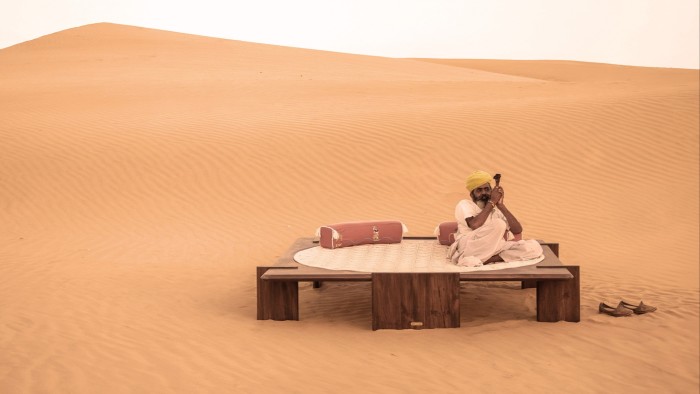Home / Lifestyle / India's Craft Renaissance: A Global Design Advantage?
India's Craft Renaissance: A Global Design Advantage?
21 Nov
Summary
- Indian furniture brands blend craft heritage with modern aesthetics.
- Over 3,000 crafts sustain millions, linking India and craftsmanship.
- New generations grapple with modernizing traditional craft occupations.

India's design industry is experiencing a vibrant resurgence, with contemporary furniture makers skillfully merging traditional craft heritage with modern aesthetics. Brands are increasingly showcasing high-quality, internationally influenced pieces, challenging outdated notions of cost-driven production. This evolution is fueled by a burgeoning construction sector, a young population attuned to global trends, and rising disposable incomes, suggesting 'made in India' could become a significant global advantage.
The nation boasts a deep-rooted connection to handmade artistry, with over 3,000 distinct crafts providing livelihoods for millions. Designers and galleries are actively collaborating, pairing international visionaries with Indian artisans to reinterpret heritage techniques. However, ensuring the long-term viability of these crafts is a pressing concern, as newer generations may shy away from traditional occupations.
Brands are proactively addressing this by contemporizing crafts, focusing on sustainability that encompasses both environmental impact and cultural preservation. Innovations include reinterpretations of traditional furniture like charpais and the use of age-old metalworking and wood chiseling methods. This approach aims to maintain the essence of crafts while making them relevant for a contemporary market, proving that tradition and modernity can harmoniously coexist.



